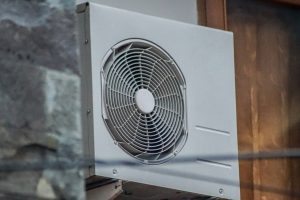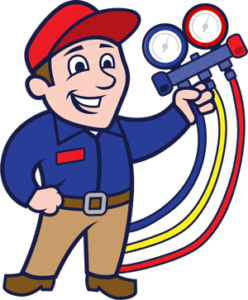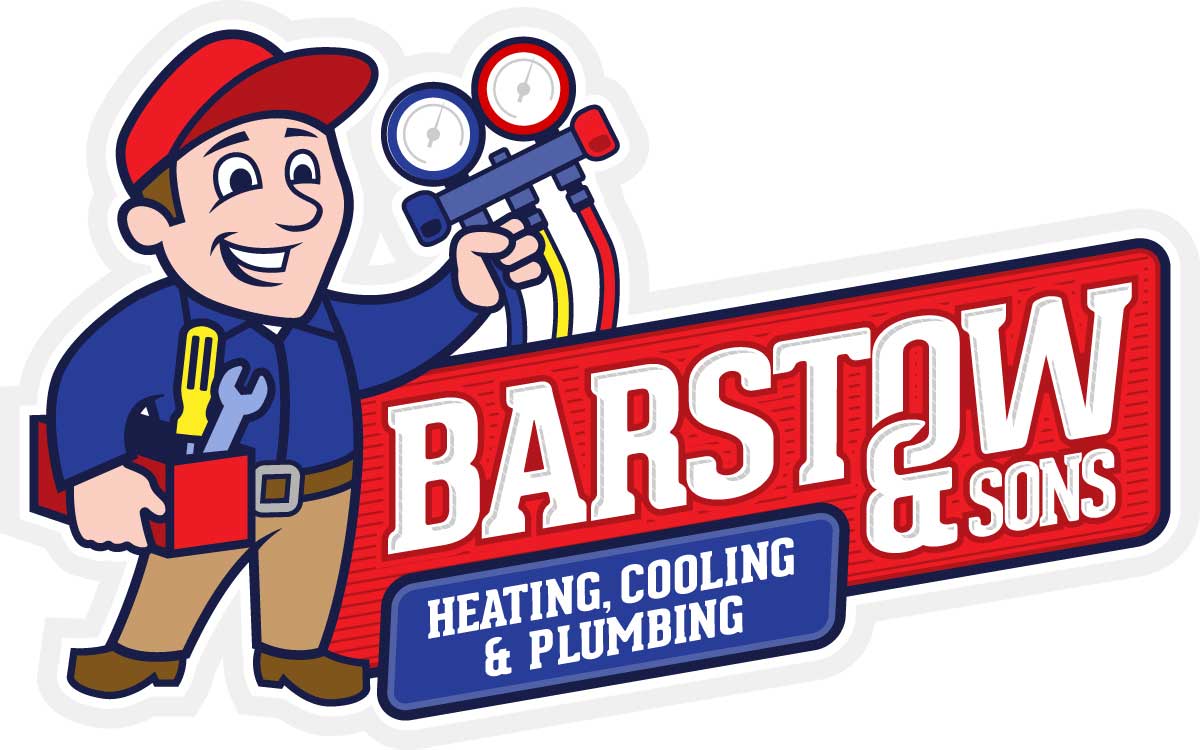What Is an Air Handler?

When the time comes for an HVAC repair or replacement, you may come across some confusing industry jargon. “Air handler” is one of those terms you might feel unsure about. Learn more about air handlers here so you can seek HVAC services as an educated consumer.
Does My HVAC System Have an Air Handler or a Blower?
Most homes in the United States are heated and cooled using a furnace and a split-system central air conditioner. The entire furnace is located inside, usually in the utility closet, basement, or attic. However, the air conditioner has two parts—a condensing unit located on a concrete slab outside the house and an indoor evaporator coil located near the furnace. The air conditioner uses the furnace’s built-in blower to deliver cooled air throughout the house.
If you heat and cool your home with a heat pump, things work a little differently. This HVAC equipment is essentially an air conditioner that can also operate in reverse, providing home heating and cooling from a single split system. The condensing unit sits outside, just like an air conditioner, but there’s no indoor furnace to lend its blower motor.
That’s where an air handler comes in.
Depending on the design of your HVAC system, the air handler may be the principal indoor component of your heat pump. It looks a lot like a furnace and is installed where the furnace would normally go. The air handler contains a blower motor to circulate conditioned air, but there’s more to it than that. The unit also consists of an evaporator coil, air filter, electrical components, and more.
The air handler must match your heat pump’s capacity and seasonal energy efficiency ratio (SEER) to ensure compatibility and efficient performance. A mismatched system will likely perform 30% less efficiently than matching components, so it’s important to replace both halves of the system at the same time.
The biggest takeaway here is that a conventional furnace/AC combo doesn’t have an air handler—just a blower. You only need to worry about installing or servicing an air handler if you have a heat pump.
Parts of an Air Handler
Without an air handler, the heating and cooling process can’t take place. Here are the parts of an air handler that work together to deliver enhanced indoor comfort.
Evaporator Coil
The indoor heat pump coil is called the evaporator coil, a critical component in the refrigeration cycle.
- In cooling mode, the refrigerant is cold as it flows through the coil, allowing it to absorb heat from the indoor air that blows over it. Moisture also condenses on the coil as the air cools, effectively dehumidifying your home while removing heat from the indoor air.
- In heating mode, the refrigerant is hot as it flows through the coil, transferring heat to the indoor air that blows over it. Be aware that the warm air a heat pump generates isn’t as hot as a furnace, potentially resulting in longer operating cycles.
Blower Motor
The blower is essentially a fan that moves conditioned air from the air handler to the connected ductwork, where it circulates into your home. The blower also draws air back into the air handler through the return registers for reheating or cooling. Blower motors come in three primary models:
- A single-speed blower operates at a fixed speed. It can either be on or off, with no setting in between.
- A multi-speed blower can run at multiple speeds depending on the current heating or cooling demand. The blower only operates at 100% capacity during high-demand times. Otherwise, it runs at half speed to provide some airflow while consuming less power. This flexible operation improves indoor comfort by removing additional humidity and keeping the temperature more consistent.
- A variable-speed blower offers precise control over the airflow. Rather than operating on “high” or “low,” the blower can run at any speed required to optimize indoor comfort. This is the most advanced type of blower motor available.
Ductwork Connections
Central heat pumps need ductwork to distribute conditioned air evenly throughout the home. This necessitates air supply and returns plenum connections in the air handler.
Air Filter
Before return air blows over the evaporator coil, it passes through an air filter. The primary purpose of this filter is to remove large, airborne particles that could settle on and potentially damage air handler components. Installing a more efficient filter can also reduce dust in the ductwork and improve indoor air quality.
Electric Heat Strips
Remember that heat pumps exchange heat between the indoor and outdoor air. This differs from a furnace, which converts a fuel source such as natural gas or oil into usable heat for your home. As a result, heat pumps lose the ability to transfer heat effectively when the temperature drops below freezing. This is when you rely on your heat pump the most, so air handlers often feature electrical heat strips to serve as an auxiliary heat source during cold spells.
Air Handler Services in Anne Arundel County
Whether you’re in the market for a heat pump, or your existing air handler needs servicing, the HVAC experts at Barstow and Sons can help! We install, repair, replace, and maintain air handlers to keep your home feeling comfortable in every season. Get in touch with us at 410-777-9185 or request an estimate online today to get started.

